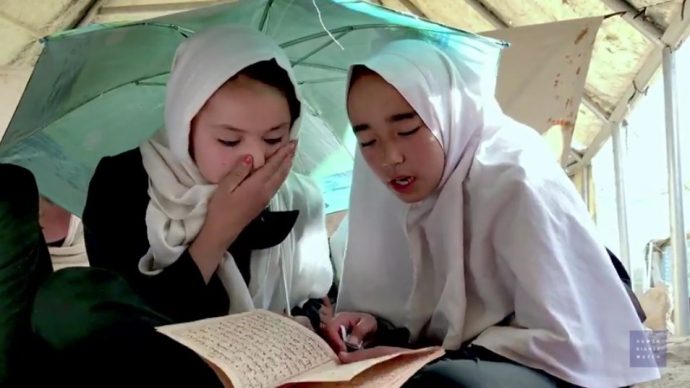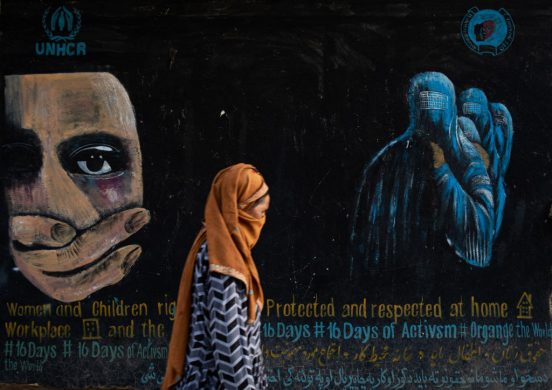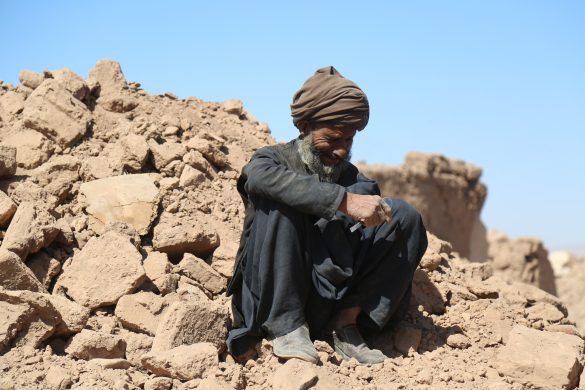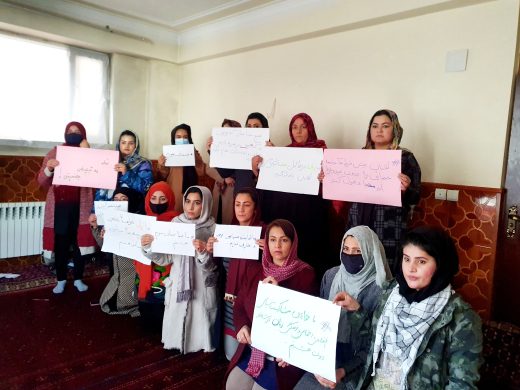Afghan government and international donor efforts since 2001 to educate girls have significantly faltered in recent years, Human Rights Watch said in a new report released today. Sixteen years after the US-led military intervention in Afghanistan ousted the Taliban, an estimated two-thirds of Afghan girls do not attend school.
“The Afghan government and donors made bold promises in 2001 to get all girls into education, but insecurity, poverty, and displacement are now driving many girls out of school,” said Liesl Gerntholtz, women’s rights director at Human Rights Watch. “The government needs a renewed focus to ensure all girls have a school to attend or risk these gains being lost.”
The 132-page report, “I Won’t Be a Doctor, and One Day You’ll Be Sick: Girls’ Access to Education in Afghanistan,” describes how, as security in the country worsens and international donors disengage from Afghanistan, progress made toward getting girls into school has stalled. It is based on 249 interviews in Kabul, Kandahar, Balkh, and Nangarhar provinces, mostly with girls ages 11 to 18 who were not able to complete their education.
Millions of girls are out of school
Girls’ education has often been highlighted as a success story by donors and the Afghan government, and millions more girls are in school today than were in school under Taliban rule. But the stated aim of getting all girls into school is far from realized, and the proportion of students who are girls is now falling in parts of the country.
According to the government, 3.5 million children are out of school, and 85 percent of them are girls. Only 37 percent of adolescent girls are literate, compared to 66 percent of adolescent boys.
Afghanistan’s government provides fewer schools for girls than boys at both the primary and secondary levels. In half the country’s provinces, fewer than 20 percent of teachers are female – a major barrier for the many girls whose families will not accept their being taught by a man, especially as they become adolescents.
Many children live too far from a school to attend, which particularly affects girls. About 41 percent of schools have no buildings, and many lack boundary walls, water, and toilets – disproportionately affecting girls.
Khatera, 15, raised in rural Samangan province, told Human Rights Watch, “It was very far to the nearest girls’ school – it was in another village…. On a donkey or horse, it would take from morning until noon.”
Girls are often kept home due to discriminatory attitudes that do not value or permit their education. A third of girls marry before 18, and once engaged or married, many girls are compelled to drop out of school.
Find hele rapporten hos Human Rights Watch













